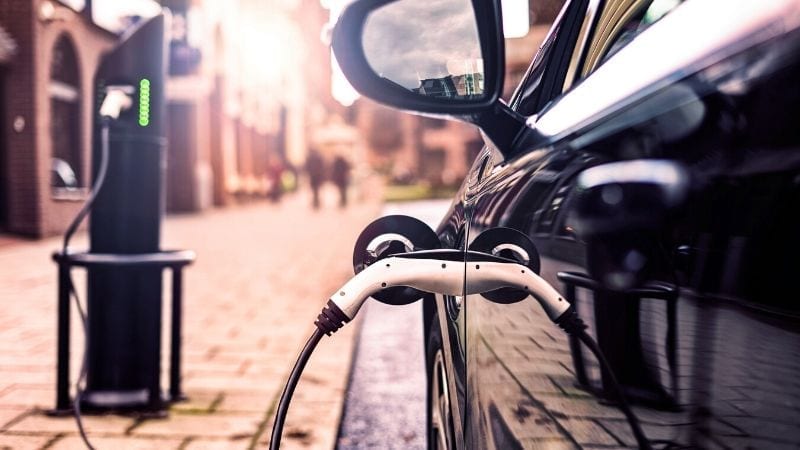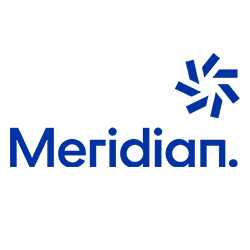It’s a fact, good drivers burn less fuel. That’s why it’s important not to forget the role that staff play. They have a direct impact through both through the decisions they make and the way they drive their vehicles.
Vehicle selection habits
When it comes to culture, it’s worth training staff on your organisation’s green fleet strategy. Do they understand the organisation’s commitment to reducing emissions, and are they on board with the proposed goals? If they are, then it’s more likely that they’ll choose vehicles that support the organisation’s strategy.
Driving behaviour
Employee driving habits will impact an organisation’s ability to meet sustainability targets. Accelerating too fast or driving at excessive speeds can increase a vehicle’s emissions output. Harsh acceleration and braking will also wear out vehicle components quicker, meaning vehicles will become less efficient.
Unfortunately, employees won’t necessarily realise their driving habits aren’t compliant with an organisation’s green fleet strategy. That’s where a telematics solution helps.
Telematics data provides Fleet Managers with the ability to analyse individual driver behaviour, identifying overspeeding, as well as harsh acceleration and braking. With the driver identification solutions available through Smartrak Fleet Managers can isolate individual behaviours and accurately attribute them to excessive fuel consumption, as well as unsafe driving.
Excessive idling is another issue that can be easily addressed through telematics and accurate driver identification. A little education here will pay dividends in reducing those tailpipe emissions.



